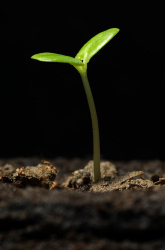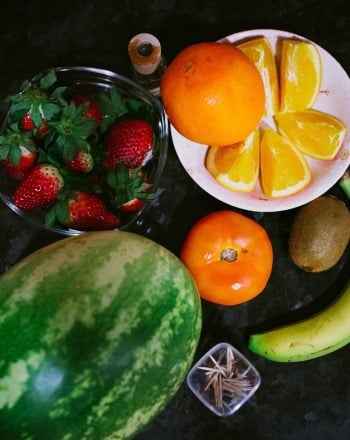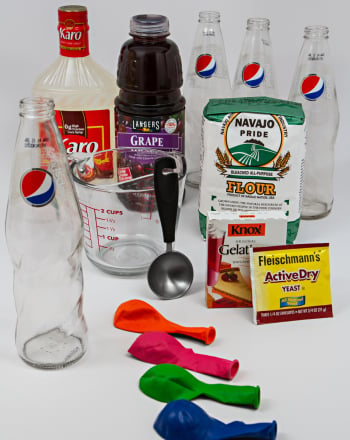Science project
How Does Light Affect Yeast?
Objective:
This experiment will determine how different kinds of light affects the strength of baker’s yeast.
Research Questions:
- What color light does the most amount of damage to yeast? What color does the least?
- Where should a baker store their yeast?
Introduction:
Yeast is a common fungus that we rely on to bake fluffy bread. Since it’s so sensitive to light, it’s often placed in a dark place so that the light does not break apart the cell membranes and destroy them. Different colors of light destroy the cells at different rates, so this experiment will help you find out the best conditions to store and package yeast.
Materials:
- 5 packets of baker’s yeast
- 4 Petri dishes
- 5 bowls
- 3 cardboard boxes
- White light bulb
- Blue light bulb
- Red light bulb
- Warm water
- Journal
- Stopwatch
- Camera
Experimental Procedure:
- Screw in each light bulb into different rooms, and make sure that each room will remain undisturbed for the length of the experiment (about 24 hours). Also make sure that no other light can enter the room besides the light emitted from the light bulb.
- Take a Petri dish and packet of yeast into the first closet, and turn on the light. Tear open the packet and pour the dry yeast into the Petri dish. Place it as close to the light as possible.
- Repeat Step 2 for the other two closets.
- Place one packet of yeast in the dark cupboard.
- Take one packet of yeast and a Petri dish outside. Pour the packet into the dish and leave in bright sunlight, and make sure no water can get in.
- Leave the samples alone in their environments for 24 hours.
- Place a cup of warm water into each of the five bowls, labeled with the type of light they received.
- Retrieve a sample of yeast and quickly stir them into its corresponding bowl of warm water.
- Time how long it takes the water and yeast mixture takes to bubble. For undamaged yeast, it should take about 10 minutes. Take a picture of the bowl at 10 minutes, 15, and 20 minutes.
- Repeat step 9 for all of the yeast samples.
- Analyze this data. Which sample took the longest to bubble? Did any not bubble at all? Which sample bubbled in the shortest amount of time? What sample bubbled the most or least? Did the color seem to make a difference or was the exposure to light of any kind the biggest factor?
Concepts: illumination, cell membranes, fungi
Disclaimer and Safety Precautions
Education.com provides the Science Fair Project Ideas for informational purposes only. Education.com does not make any guarantee or representation regarding the Science Fair Project Ideas and is not responsible or liable for any loss or damage, directly or indirectly, caused by your use of such information. By accessing the Science Fair Project Ideas, you waive and renounce any claims against Education.com that arise thereof. In addition, your access to Education.com's website and Science Fair Project Ideas is covered by Education.com's Privacy Policy and site Terms of Use, which include limitations on Education.com's liability.
Warning is hereby given that not all Project Ideas are appropriate for all individuals or in all circumstances. Implementation of any Science Project Idea should be undertaken only in appropriate settings and with appropriate parental or other supervision. Reading and following the safety precautions of all materials used in a project is the sole responsibility of each individual. For further information, consult your state's handbook of Science Safety.
Education.com provides the Science Fair Project Ideas for informational purposes only. Education.com does not make any guarantee or representation regarding the Science Fair Project Ideas and is not responsible or liable for any loss or damage, directly or indirectly, caused by your use of such information. By accessing the Science Fair Project Ideas, you waive and renounce any claims against Education.com that arise thereof. In addition, your access to Education.com's website and Science Fair Project Ideas is covered by Education.com's Privacy Policy and site Terms of Use, which include limitations on Education.com's liability.
Warning is hereby given that not all Project Ideas are appropriate for all individuals or in all circumstances. Implementation of any Science Project Idea should be undertaken only in appropriate settings and with appropriate parental or other supervision. Reading and following the safety precautions of all materials used in a project is the sole responsibility of each individual. For further information, consult your state's handbook of Science Safety.















